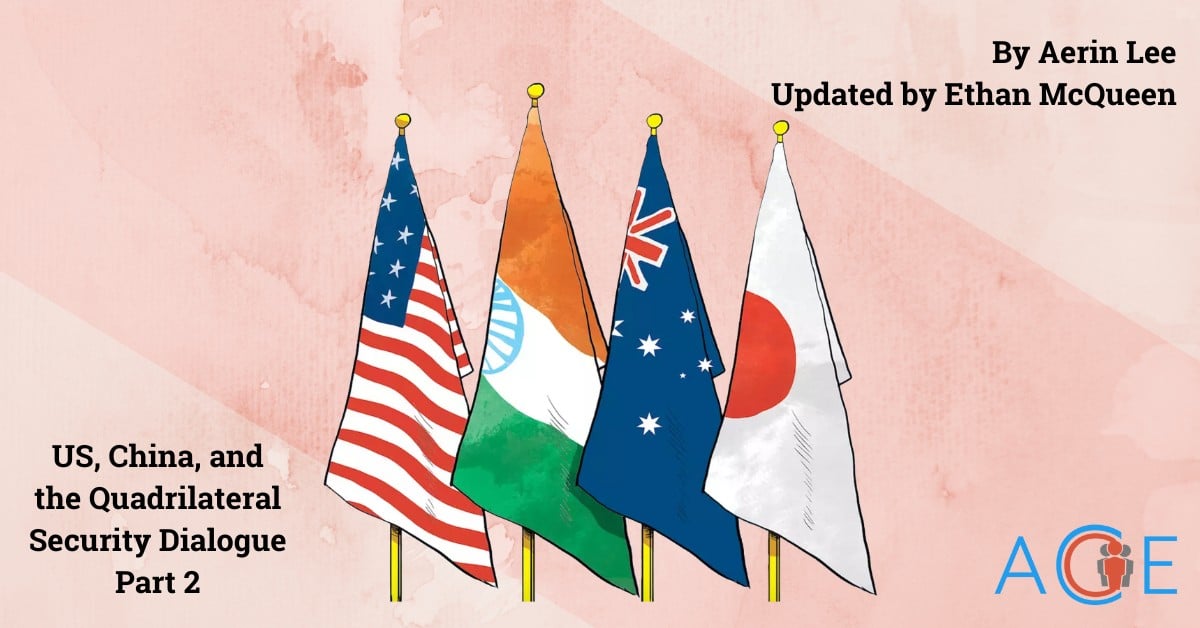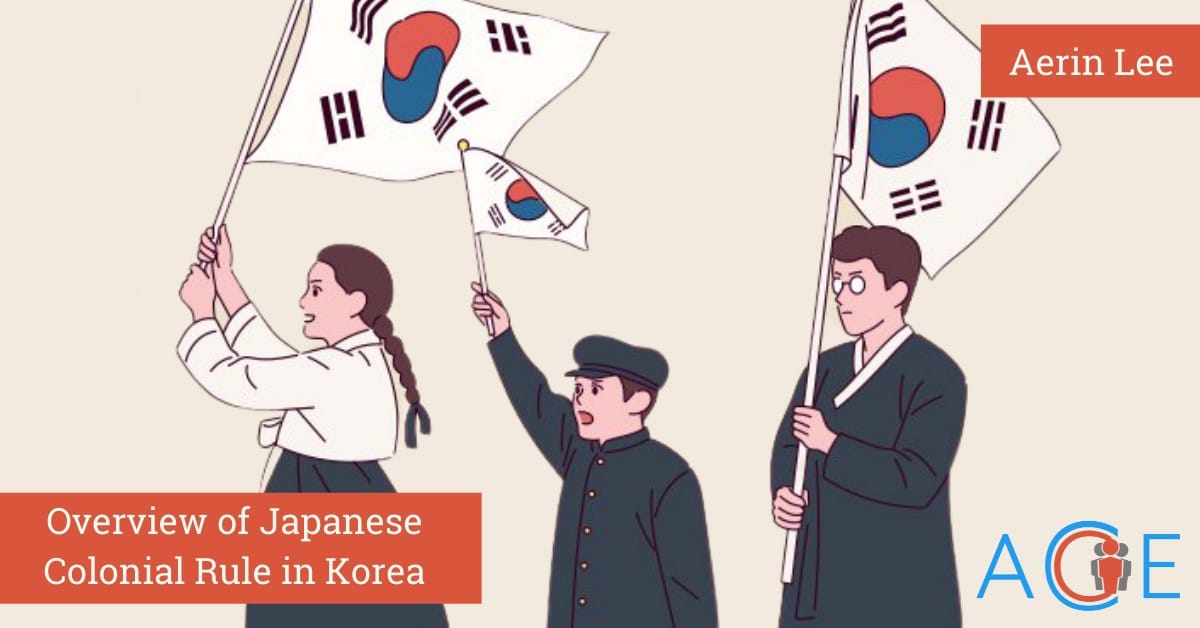This brief was originally published by Aerin Lee on September 21, 2021. It was updated and republished by Ethan McQueen on June 24, 2022.
The Quad can cooperate in two ways to achieve their goals in the Indo-Pacific region: either with a narrow functional approach or a broader regional approach. A narrow functional approach would involve the Quad countries working together under a combined disaster relief policy to handle region-wide disasters. A broader regional approach would involve neighboring Indo-Pacific nations, not just the immediate members of the Quad, to handle such regional disasters and establish the Indo-Pacific as a coherent regional order. This Indo-Pacific regional order would serve as an organized body of nations aiming to contain Chinese influence. The potential consequences of attempting to contain China has made neighboring countries wary of taking an active role in the regional order.
Quad-plus
In 2020, the Quad countries held a teleconference with Vietnam, South Korea, and New Zealand to discuss how to respond to the COVID-19 pandemic. These three nations have come to be known as participants in a Quad-plus dialogue because of their recent cooperation. Each of these three Quad-plus parties are Indo-Pacific powers with important relations with the Quad countries. For example, in 2018, Australia and Vietnam established a strategic partnership, pledging to increase political engagement with each other, deepen bilateral trade, and welcome intelligence and security cooperation. South Korea has been allied with the US under the 1953 Mutual Defense Treaty, and the two nations have worked together to support inter-Korean cooperation and strengthen their respective economies. New Zealand formally adopted Indo-Pacific foreign policy in 2019, signaling its intent to deepen cooperation with the Quad countries due to increasing security concerns regarding China, as China has pushed its Maritime Silk Road into the Indian Ocean, militarized the South China Sea, and pushed into the Pacific islands.
Complications to Cooperation
India and the United States have a complicated trade relationship, leading to India drawing closer to Russia. In 1998 the United States sanctioned India over its nuclear tests, canceling all current orders for American military equipment and cutting off any future orders. India depends on imports for its military needs and is one of the largest arms importers in the world accounting for 10% of all worldwide arms imports. While these sanctions were appealed in just a few years, this isolation of India from western military companies helped lead to India becoming the biggest military importer of Russian military equipment in the world. This relationship led to a rift in the response of India and other Quad members towards the Russian-Ukraine war. The United States, Japan, and Australia placed aggressive sanctions but India increased oil imports from Russia to record levels and plans to enter into new contracts with Russian oil companies. In response, the United States sent convoys and threatened to sanction India. However, the United States has also been in discussion to provide military aid to India to help decrease their reliance on Russian arms.
Many US allies in the Indo-Pacific have been hesitant to join the effort, mainly due to the Quad’s clear intentions to oppose China. In particular, South Korea is reluctant to engage with the Quad because its foreign policy priority lies in improving relations with North Korea and sustaining peace on the Korean peninsula. Since China is North Korea’s primary benefactor, this also means that South Korea must maintain good relations with China.
A Binding Adversary
Even with the complicated relationships between the Quad countries, India has remained mostly committed to the Quad. and the prospect of Korea joining a Quad-plus expansion has become a real possibility. With China’s behavior becoming more aggressive with its territorial disputes in the South China Sea and the Belt and Road Initiative, many nations’ attitudes toward the Quad and toward Chinese pressure have changed. These negative changes toward China have been further compounded by the Russian-Ukrainian war and China’s response. Thus, the Quad and Quad-plus expansion are logical because these countries all share concerns regarding China’s aggressive behavior and have faced pressure from China in recent years.



